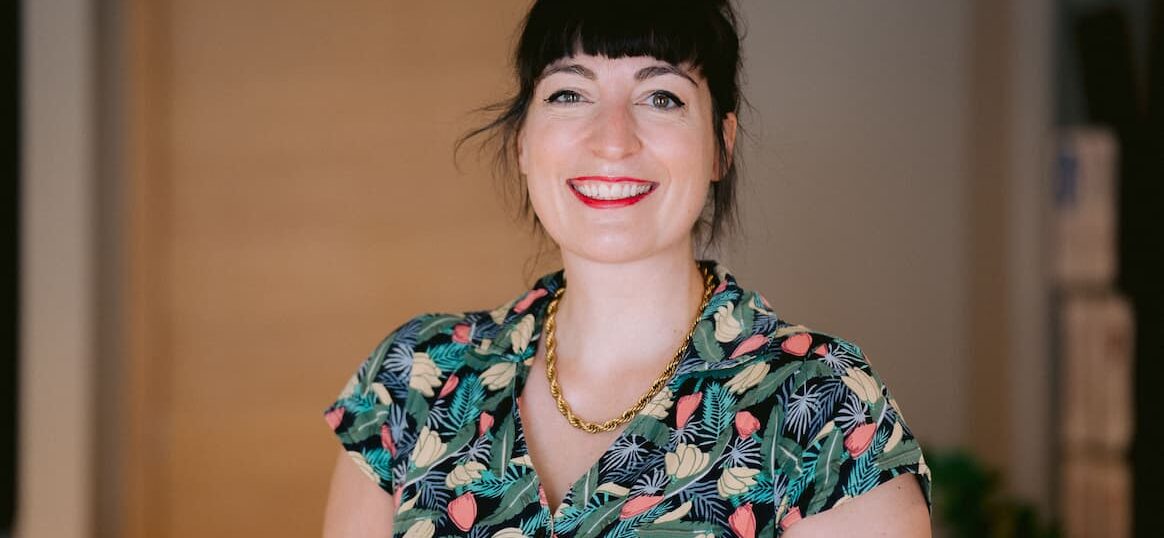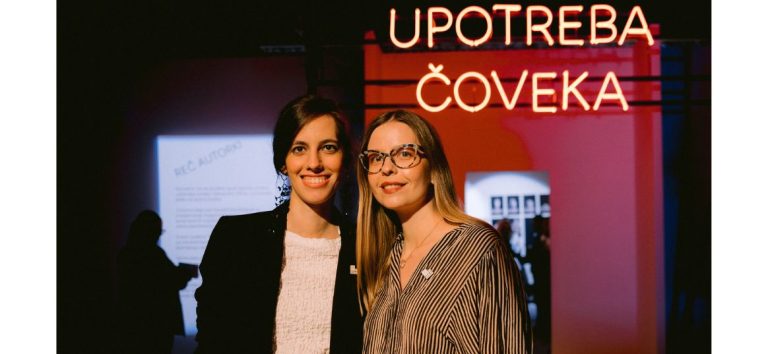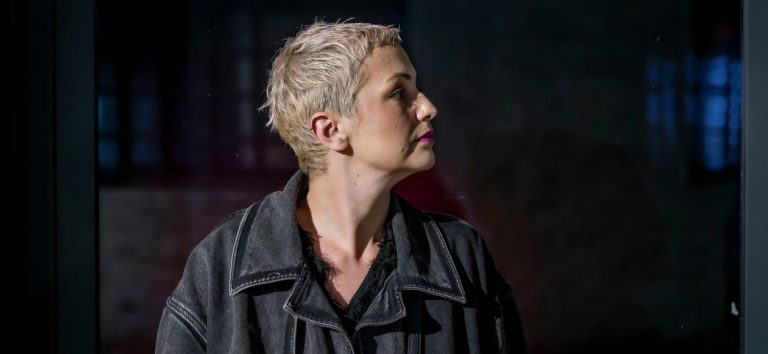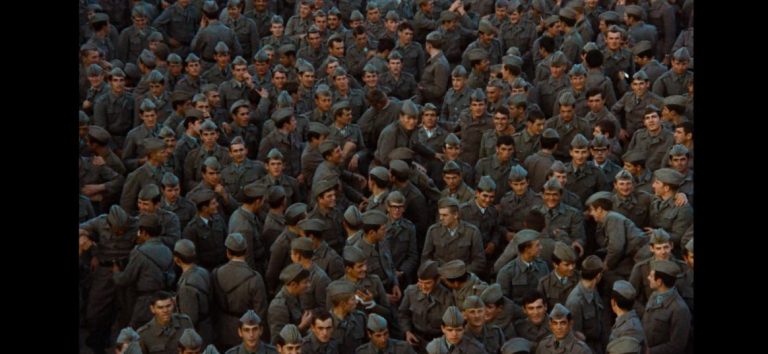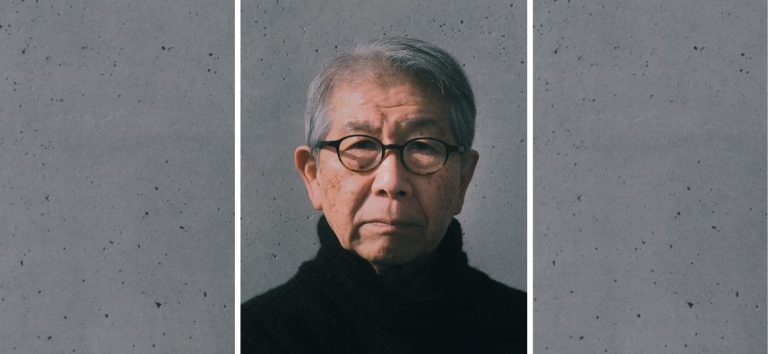‘The food I cook – it normally needs to have a reason it is there. I try to make people understand the context of the food or to understand like oh that I found that ingredient on my trip in Japan and I’m using that now in this dish because it gives it more flavour in that different way. So, I try to make it more of a communication vessel,’ said Anne Faber to us, who is currently a guest in Novi Sad, due to the ‘Cooks in Residence’ project, which is a part of The Danube Sea programme arch of the European Capital of Culture.
Anne Faber comes from Luxembourg and is one of the two guests who will get to know Serbian cuisine and Vojvodina specialities in Novi Sad so that on Sunday, 14 August, they can present traditional Serbian dishes with their personal twist to all visitors within the ‘Cooks in Residence’ programme.
Together with Anne, Noriko Hashimoto from Japan also arrived in Novi Sad. She fell in love with Serbian cuisine back in 2011 and learned a lot about Serbian food from the Serbs in Japan. Her plan now is to learn as much as possible about Serbian food and wines, as well as the way of making zimnica.
Anne Faber told us more about the ‘Cooks in Residence’ programme itself, food, and her life.
First of all, can you tell us how your involvement in this project came to be?
So, I’m from Luxembourg and I have been working with Esch 22 on creating some new versions of dishes from the region of Esch 22. And so, when this project happened, they were immediately saying: ‘Oh you are ready, our food ambassador for Esch 22! So, we want you to go to Novi Sa to experience Serbian cuisine and to see how you can put your little twist on some Serbian classic dishes.
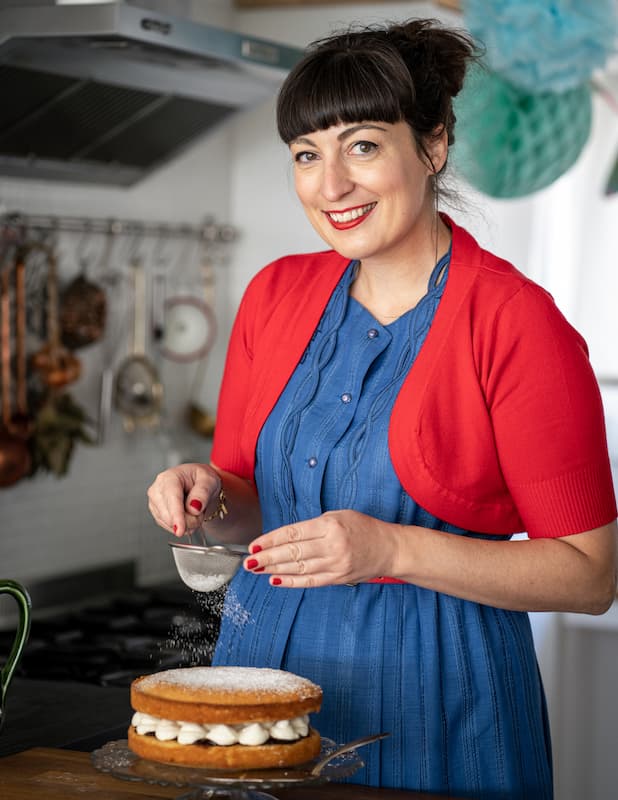
And if you had to explain to someone what this programme is about and what you will be doing here in Novi Sad in the upcoming days, what would you say?
I’m going to be eating a lot! And then I can actually put my creative twist on some Serbian classics. In all my work, I normally always try to cook food that’s well-travelled, as I call it, so, food from all around the world, and then I like to take it and find my own way of interpreting it in a new way. It’s kind of a bit like a fusion, but with being respectful towards the cultures and ingredients. So here I’m really looking forward to finding a Luxembourgish twist to Serbian dishes, and I think our cuisines have a lot in common already. Be it from the way we are all coming from a humble cooking background, so it’s not a fancy cuisine like the French – it’s all very much like cabbage, and potatoes, and plums, and simple dishes, but cooked in a very nice, homely way. That’s at least how Luxembourgish food is, and as far as I can understand from Serbian food as well, it’s a lot of these hearty dishes that have a lot of love poured into them. So, I think there will be a lot of things that I can work with. I already have an idea maybe about putting a twist on sarma, and adding a Luxembourgish sauce to it, with wine and mustard. I think that will work well with cabbage and meat.
Do you have any expectations for the project?
Well, I hope that I will come back and be falling in love with Serbian food. And I hope that I can really taste a bit of a variety of Serbian food. I mean, I know ćevapčići, that’s very famous abroad, and I know burek, but I want to eat it here because I can bet it’s far better than I have ever eaten everywhere else. But I would also love to discover a bit of regional food from Novi Sad because I understand that regions have different kinds of food, and the south is very different from the north. And I also think it could be interesting to find some vegetarian foods here, because I think the stereotype is that Serbian cuisine, just like Luxembourgish cuisine, is very meat-based. Therefore, it would be nice to see that there is also vegetarian stuffed sarma or something to show people; that there is more, that the travellers who are maybe vegetarian can also come here. And my idea as well for the whole journey here is that I’m documenting everything on Instagram. So really, anything I’ll be eating I want my followers to see so that people can also feel inspired to come and visit Novi Sad and eat here.
When I was reading about you, I came across the information that you have your own TV shows, right? So how does that differ from just regular cooking?
Oh gosh, yeah. Okay so, my background really is in journalism, so I approach everything in a way I want it to tell a story. The food I cook – it normally needs to have a reason it is there. I try to make people understand the context of the food or to understand like oh that I found that ingredient on my trip to Japan and I’m using that now in this dish because it gives it more flavour in that different way. So, I try to make it more of a communication vessel. Food is about sharing stories and sharing knowledge. But also, the way I cook in cookbooks because I write cookbooks, and I have a TV show, it has to be something that people can recreate at home. It has to be something that people watch and think ‘oh, that looks easy to make’ or ‘oh, if Anne can make it, I can try and also create something different at home’. It’s all about inspiring people to have trust or the confidence to recreate dishes. And to discover new flavours in their own home kitchen – that is my approach.
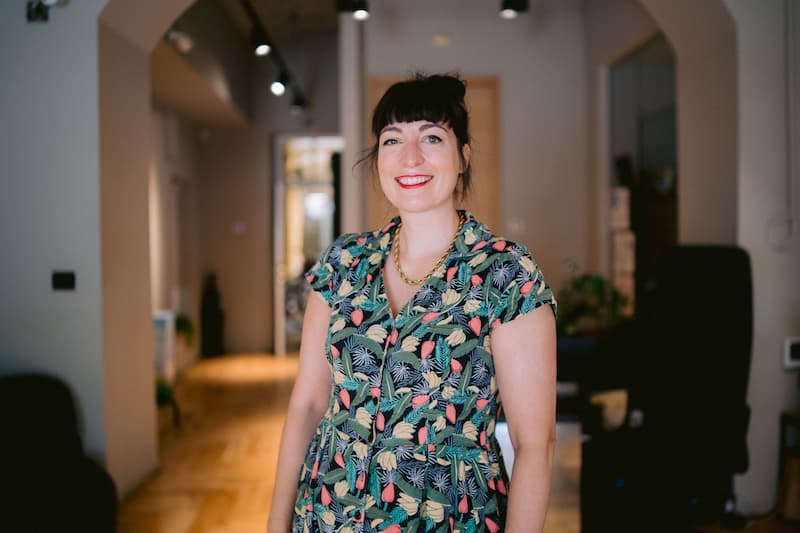
As you said, you come from Luxembourg and Esch is also this year’s European Capital of Culture. How important is it for a city to get that title and how can you make a parallel between culture and food?
Yes, I mean the food is culture. Anyone who says something different is mistaken because first of all, food is a great way of connecting people – everybody loves to eat or most people do, so you can always talk about food as a starter, breaking the ice, you know, around the table talking and exchanging cultural ideas. And the food is culture as well because it reflects the culture that people are living in, so it reflects, like if you go to a place and they eat potatoes and cabbage you understand that their history is farmer’s history, or I don’t know, it says a lot about the people or the context of the people. And I was saying to Vladica yesterday as well, I think it’s amazing to have two European Capitals of Culture, actually three this year, because it allows for cultural exchange. I would’ve probably never come to Novi Sad if it hadn’t been for Esch 22, saying our friends in Novi Sad are doing this cultural, that is, gastronomic residency. So, I think by creating these 2 cities, two European Capitals of Culture, there is a beautiful exchange going on. And I think that’s what Europe is all about, isn’t it? Meeting your neighbour and understanding the different cultures. And if I can only contribute a bit by putting a spotlight on Serbian cuisine and introducing my Esch friends, and Luxembourgish friends to Serbian cuisine, and maybe introducing some Novi Sad chefs to Luxembourgish cuisine, then I think that’s a beautiful way to make the whole idea of European Capital of Culture work – to exchange, to inspire, and to create friendships that will last for a lifetime.
Lastly, can you tell us what your favourite dish to make and to eat is? And if we are not familiar with it, could you explain to us what it is?
God, do you have 5 hours? So I’m an Esch 22 ambassador, so I’m going to talk a bit about Luxembourgish food and the most famous or easily accessible Luxembourgish food, is gromperekichelcher which is potato cake. It’s basically grated potato, which is mixed with a bit of egg, flour, onion, and a bit of parsley, and then it’s fried, like deep-fried, so it’s a bit crispy, and we eat it with apple compote, which is similar to the slatko you have here, which is sweetened, so this is like sweetened apple puree. We eat the salty potato fritter, with sweet apple compote. And that’s really something that people love, very Luxembourgish.
Author: Feđa Putnik
Photo: Vladimir Veličković

